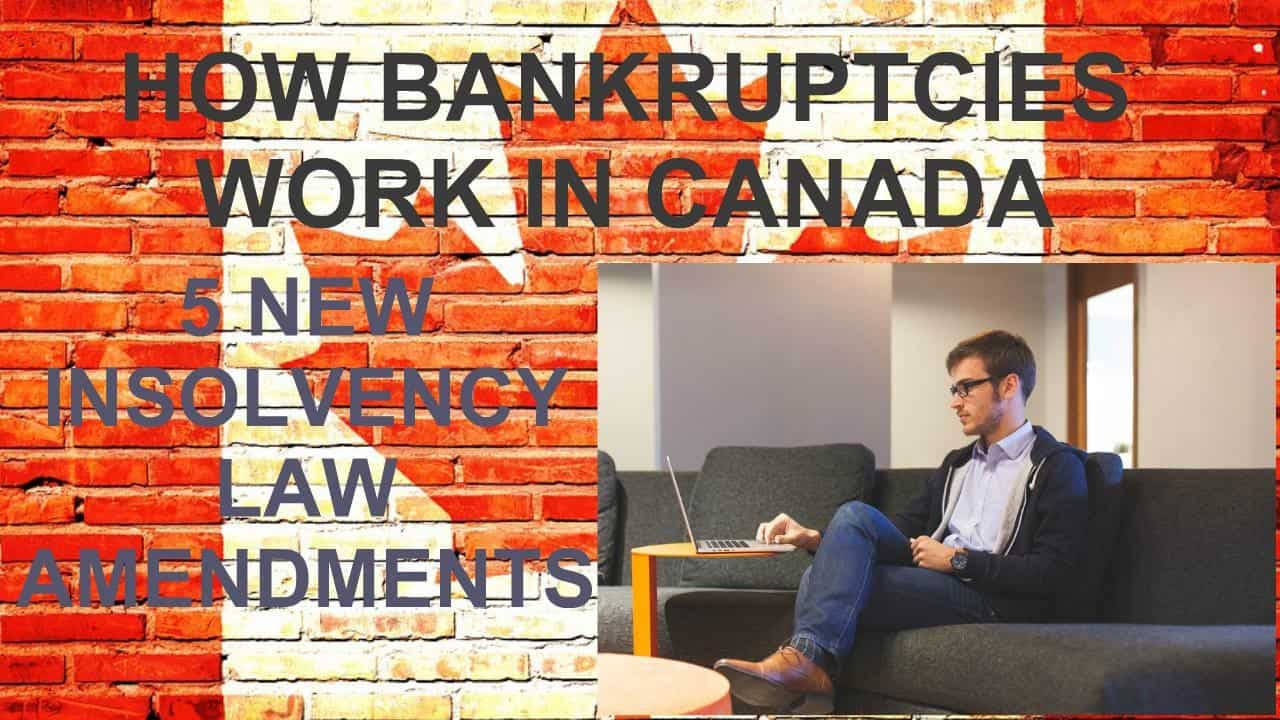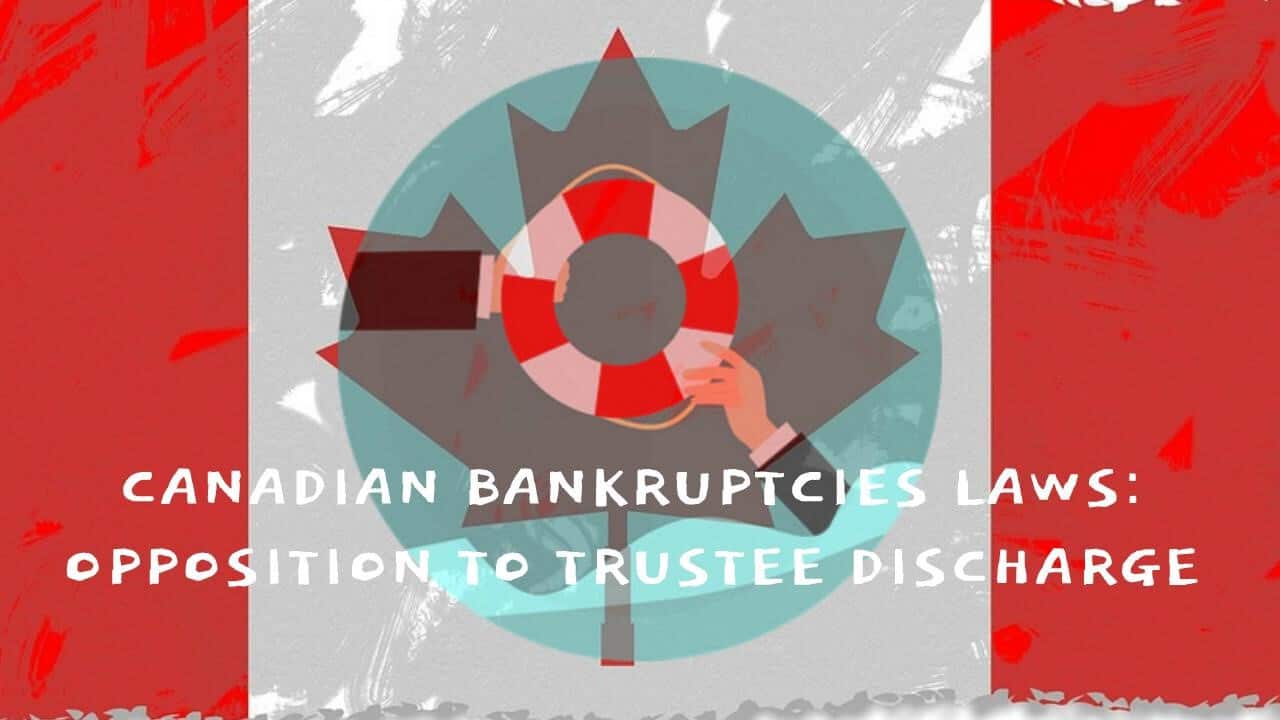The Ira Smith Team is absolutely operational and Ira, in addition to Brandon Smith, is readily available for a telephone consultation or video meeting.
[monkeytools msnip=”https://monkeyplayr.com/playr.php?u=5173&p=22292″]
Bankruptcy process introduction
This week two totally unrelated items caught my attention when thinking about the bankruptcy process. The first is about Hertz Global Holdings Inc. (Hertz) bankruptcy Chapter 11 case in the United States. An update to my recent blog about Hertz titled HOW HERTZ TEACHES US MODERN AND RISKY RULES OF BUSINESS BANKRUPTCY IN CANADA AND THE USA.
The second item that caught my eye is a decision of the Court of Appeal for Ontario. The decision really didn’t have anything to do with bankruptcy. However, the Court of Appeal did reference the Bankruptcy and Insolvency Act (Canada) (BIA) in its decision. It really is about restitution law and the resultant debt.
The zany twist to the Hertz bankruptcy Chapter 11 case
In my June 8 blog about the bankruptcy process used by Hertz, I wrote about the irrational behaviour of investors in trading Hertz stock. Legendary investor Carl Icahn sold his entire Hertz holdings at $0.72 per share. The stock had touched a low of $0.40. For some reason, investors bid the stock up to $5.53. The stock at the time of writing this blog is just under $2.
This made no sense at all. The only thing I can attribute it to is that investors saw an opportunity to buy in during upward momentum, sell-off with a profit, and leave someone else holding the bag. Hertz debentures are selling for pennies on the dollar. The assumption being that those creditors will largely get wiped out as part of the bankruptcy chapter 11 case. If creditors get next to nothing, then for sure shareholders are going to get wiped out. That is what happens in these bankruptcy process cases.
This activity did not escape Hertz’s attention. Now the restructuring team got an idea. What if we could sell more stock, given the interest in our shares. If we sold $1 billion worth, while telling everyone it was worthless, then we would have the necessary cash to fund our restructuring. Better yet, Hertz would not have to borrow money with high rate debtor-in-possession financing. All they needed was to convince the court to approve it. It sounds like a Mel Brooks comedy script!
The Hertz bankruptcy process application for share sale approval motion
June 19, 2020 UPDATE: Late yesterday, Hertz announced that it has determined to end a questionable stock sale of as much as $500 million since the Securities and Exchange Commission questioned and put a hold on the insolvent company’s plans. Hertz is currently in talks for a debtor-in-possession bankruptcy loan of up to $1 billion to fund its business reorg.
On June 11, 2020, Hertz filed its motion for court approval to issue more of its common stock. Since the common shares are being actively traded, Hertz filed its emergency motion to seek emergency relief from the court to allow the Debtor to try to capture value for the unissued Hertz shares for the benefit of the bankruptcy process Estate.
The approval sought from the court was approval to participate in a sale arrangement with Jefferies LLC (Jefferies), to act as the sales representative. Under the sale contract, Hertz might offer and sell common shares of Hertz having an aggregate offering value not to surpass $1 billion. Hertz has 246,775,008 unissued common stock shares. Jefferies will use its best efforts to market, as the sales representative the unissued shares of common stock.
In support of their motion, Hertz advised the court that:
- The recent market prices of the trading quantities in Hertz’s ordinary shares creates a special possibility for Hertz to raise funding on terms that are much superior to any kind of debtor-in-possession funding.
- If successful, Hertz might possibly offer up to and an aggregate of $1.0 billion of ordinary shares.
- Unlike regular debtor-in-possession funding, the issuance of the ordinary shares would certainly not enforce restrictions on Hertz or its bankruptcy process restructuring efforts and would certainly not hinder any of the creditors.
- Additionally, the stock issuance would bring no repayment obligations to Hertz.
- Other than the Jeffries fee, there would be no other significant costs to obtain the funding through the sale of shares.
- Hertz would include disclosure in any prospectus for the sale of the unissued common shares highlighting that a financial investment in these Hertz’s shares involves substantial dangers. This includes the danger that the common stock can inevitably be worthless (emphasis added).
What the court said
After deliberating on the issue, on June 12, 2020, Judge Mary F. Walrath of the United States Bankruptcy Court for the District of Delaware granted Hertz’s motion. She ordered that:
- Hertz is allowed, but not required, to enter into the Sale Arrangement with Jeffries and perform all obligations called for in the agreement.
- Hertz may, but again is not required to, market the unissued common shares.
- Jeffries may earn its fee in accordance with the Sale Agreement.
This is truly novel, yet whacky. Anyone who would buy these shares must be gambling on the fact that market activity will remain hot and that they will be able to sell the shares for a profit.
As I mentioned above, creditors are going to be given a haircut. So how can shareholders expect a return on their investment? Any savvy creditor being asked to agree to a bankruptcy process restructuring plan certainly will insist that creditors must receive payments on account of what they are agreeing to give up, should funds become available, before shareholders see one penny.
Lots of people are going to be left without a chair when the music stops. It will be fascinating to see how this all works out.
Restitution law
This matter is totally unrelated to the Hertz bankruptcy process. It is in Ontario and I found the Court of Appeal for Ontario’s decision very interesting. Especially so because it really didn’t have anything to do with insolvency or bankruptcy either.
On June 11, 2020, the appellate court issued its decision in a matter dealing with restitution law. The case involved a 32-year-old man with high school education. In between September 30 and November 6, 2018, he went on a drug-fuelled rampage, that included the robbery of 10 businesses. He was sentenced to 4.5 years in jail and subject to a restitution order in the amount of $15,000. It was the restitution payment that was appealed.
His lawyer argued that the sentencing judge erred by not taking into consideration whether he had the ability to make restitution before imposing the restitution. They also argued that it will likely hinder his possibilities of rehabilitation. They said that the restitution order ought to be vacated.
The appeal court agreed. In allowing the appeal, the appeal court stated that the purpose of a restitution order is not intended to undermine the culprit’s chance for rehabilitation. The appeal court then went on to equate the rehabilitative aspects of restitution law with the rehabilitation intention of Canadian bankruptcies laws in the Bankruptcy and Insolvency Act (Canada). The Court of Appeal for Ontario also correctly stated that a restitution order made by a sentencing judge will survive through any type of bankruptcy of the criminal. This suggests it is there for life and restitution is not meant to be a life sentence.
That is what caught my attention. I never would have equated restitution with bankruptcy or rehabilitation.
Summary
The Ira Smith Team family hopes that you and your family members are remaining secure, healthy and well-balanced. Our hearts go out to every person that has been affected either via misfortune or inconvenience.
I hope you have found this bankruptcy process Brandon’s Blog interesting. I will eagerly watch what happens in the Hertz common share sale and the subsequent trading in the shares. I also never thought of criminal restitution as part of rehabilitation. I also for sure never thought of it in the area of bankruptcy and insolvency.
We all must help each other to stop the spread of the coronavirus. Social distancing and self-quarantining are sacrifices that are not optional. Families are literally separated from each other. We look forward to the time when life can return to something near to typical and we can all be together once again.
Ira Smith Trustee & Receiver Inc. has constantly used clean, safe and secure ways in our professional firm and we continue to do so.
Income, revenue and cash flow shortages are critical issues facing entrepreneurs, their companies and individual Canadians. This is especially true these days.
If anyone needs our assistance for debt relief Canada COVID, or you just need some answers for questions that are bothering you, feel confident that Ira or Brandon can still assist you. Telephone consultations and/or virtual conferences are readily available for anyone feeling the need to discuss their personal or company situation.
The Ira Smith Team is absolutely operational and Ira, in addition to Brandon Smith, is readily available for a telephone consultation or video meeting.




